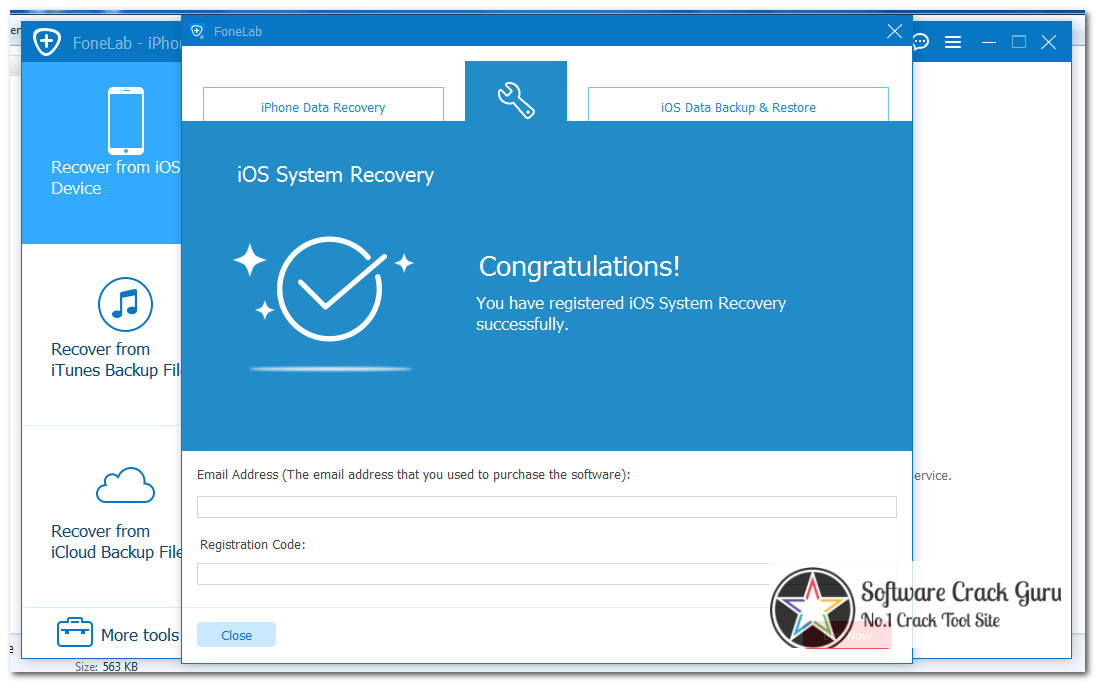
- #Aquamacs for windows for mac#
- #Aquamacs for windows install#
- #Aquamacs for windows download#
- #Aquamacs for windows free#
- #Aquamacs for windows mac#
On Macs the Control key is marked ctrl and is often found near the fn, alt and ⌘ (Apple/command) keys near the bottom of the keyboard. If you find your cursor there accidentally C-g will get you out of it with no harm done. The minibuffer is Emacs's name for the little window that appears at the bottom of a frame when you type a command and where, for instance, you type text that you want to find or replace. You'll see them written as, for instance, C-g or M-x. The Control and Meta keysĪlmost all Emacs keyboard shortcuts are combinations with the Control or Meta keys. But almost everything you will need can be found through the menus or is described on this page. Next to most menu items you will see the equivalent keyboard shortcut, and there are many hundreds more. But for more efficient working it is useful to learn as many keyboard shortcuts as possible.

Menus and toolbars are comforting and intuitive, especially when you are first learning to use a new piece of software. You can add items to the toolbar, and remove them from it, by selecting and deselecting them from the Options > View > Toolbar Items menu item. There is also a toolbar at the top of each Emacs frame, with clickable icons for basic editing and file commands. Even on the File, Edit, Options, and Windows menus there are many items that you will never need, so do not worry if they seem mostly incomprehensible to you for now. You are unlikely to need anything in Tools, and the Help menu lists far too many different sorts of help to be useful for a beginner. A frame may have more than one tab, each containing a different buffer, in the same way that a web browser can several web pages open at once in different tabs.You may also be unfamiliar with the Aquamacs terms "directory" (folder) and "search" (find).Īpart from the ATF menu, the File, Edit, Options, and Windows menus will be most useful to you. A "buffer" is essentially a view of a document, which is displayed in one or more "frames" (windows).
#Aquamacs for windows mac#
Much is where you would expect it, though Emacs terminology can seem rather strange to Mac users.
#Aquamacs for windows install#
When you first install Aquamacs, it is worth looking through the menus to locate the basic commands. Two different ways of typing transliteration characters are described on other pages. To ensure you have all the necessary transliteration and normalisation characters, we recommend that you install the DejaVu font and set it as the default. In that window, you can choose a font, size, colour, as you would normally, and save different combinations as favourites. In Aquamacs, you can open up (and close) a Fonts window with the command ⌘⇧T. This page aims to make working with Emacs as intuitive and Mac-like as possible. And it doesn't help that Aquamacs has its own little quirks. Integrating with LaTeX: Tex mode comes as default with Emacs, and made better with the AUCTeX extension here.Here we give a short description of some features that we have found useful for editing and lemmatising ATF in Aquamacs (Emacs for Mac), apart from those provided by ATF Mode.Įmacs is a very powerful piece of software, but its documentation is dense, difficult to navigate, and usually assumes that you are working in Unix without a mouse. But thanks to Bill Rising and his ado-mode, this is made possible and simple. Integrating with Stata: unfortunately Stata does not come as a default Emacs mode. Make sure you follow through the tutorials closely. The most useful chapters for me are 2, 4, and 5. A thorough introduction by Jeremy Zawodny can be found here. Therefore, almost all Emacs help files apply to Aquamacs. Getting started with Aquamacs: is essentially the same as Emacs.
#Aquamacs for windows download#
Set up Aquamacs: Download and install Aquamacs.


#Aquamacs for windows free#
If you run into trouble with any of them, or find anything difficult to follow, feel free to get in touch with me via email. This note only offers a few useful links. In short, Aquamacs will be worth your investment (of time) in the long run. And these are just the tip of the iceberg of what Aquamacs is capable of. You could also use it to compare files, which comes in handy if you want to tell apart similar do-files. It is, in my opinion, also the best free TeX editor for both Windows and Mac OS. However, it is great for editing STATA do-files, TeX files, R scripts (which Aquamacs can run internally), etc. For starters, it is certainly more difficult to learn than Notepad++. This frustration led me to step into the realm of real programmers and start learning to use Aquamacs (based on GNU Emacs but has Mac-looking interface). But in one way or another, they can’t match the same level of user-friendliness of Notepad++ on Windows. Among the above mentioned, I liked TextWrangler the most. As recommended by others, I have tried TextWrangler, Smultron, and TextMate (the trial/free version, of course).
#Aquamacs for windows for mac#
I spent a long time trying to find a Notepad++ equivalent for Mac OS.


 0 kommentar(er)
0 kommentar(er)
